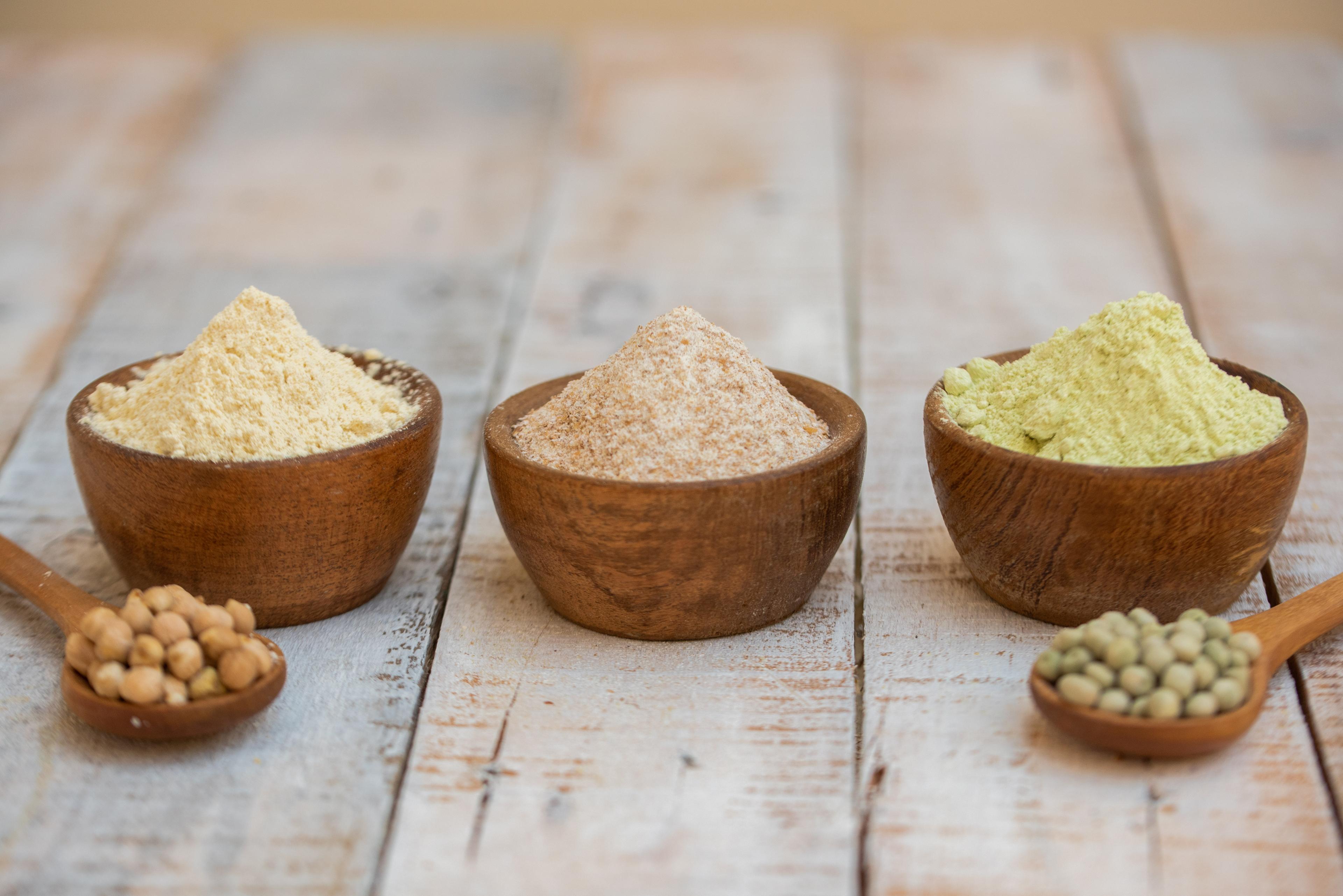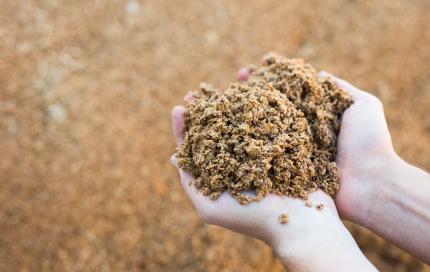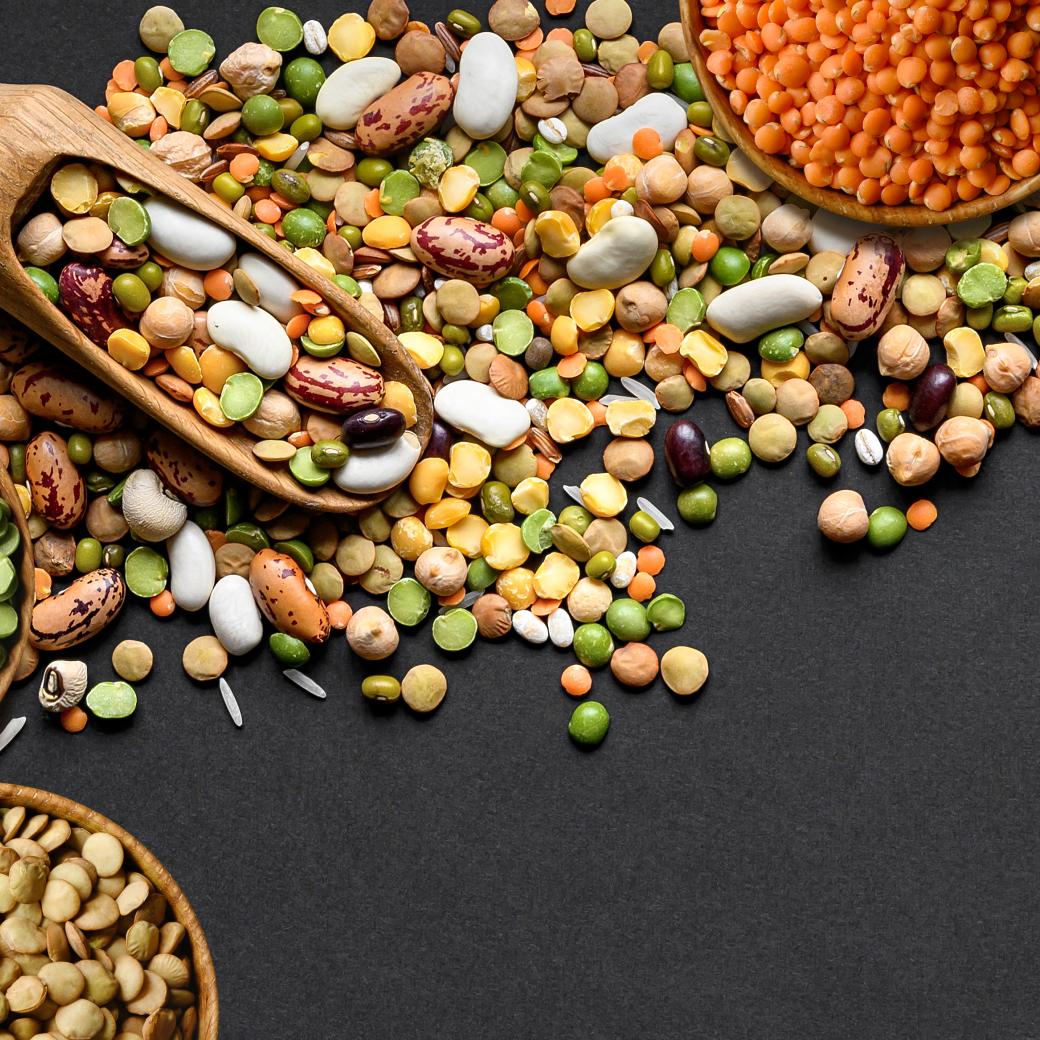PulseFlour
With support of:


Steering the digestive and technological functionality of foods rich in starch and/or protein: the potential of pulse flour
Why this project?
Several reports and bodies such as the EAT Lancet committee and the Superior Health Council recommend incorporating more pulses in our diets. Pulses (e.g. beans, peas, chickpeas and lentils) are rich in starch and protein. These macronutrients are biologically encapsulated by the cell wall of cotyledon cells, making them harder for our digestive enzymes to access and consequently slower to digest. This leads to reduced glycaemic indices and makes us feel fuller for longer. Currently, mainly flour and protein concentrates and isolates of pulses are used in the food industry. Traditionally, this flour is produced by grinding the dried, raw seeds, after which further separation may take place to obtain a protein and starch fraction. However, this processing destroys the intact cellular microstructure and consequently results in the loss of the aforementioned delayed digestion of macronutrients.
The PulseFlour project aims to investigate how to control the digestive and functional properties of pulses by focusing on the microstructure of pulse flour. This will not involve selective fractionation of the proteins and carbohydrates, but several wet heat treatments performed on the whole pulses, after which they are ground and dried into an ingredient that can be further processed. The pulse flour could offer great potential in a wide range of food applications.
Methodology and expected results
PulseFlour is a collective basic research project (cSBO type) that aims to gain more insight into the effect of several process steps (incl. heat treatment) on both techno-functional, sensory and digestive properties of the obtained pulse flour. This project will examine beans, faba beans, lentils, peas and chickpeas. Firstly, the levels of macronutrients and cell wall properties of the different pulses will be mapped in order to later correlate them with the process conditions that were used to obtain the pulse flour. The techno-functional properties, aromas and flavours of the flour will also be carefully evaluated, as will the digestive properties and bioavailability of its respective macro and micronutrients. All pulse crops will be incorporated in food model systems of increasing complexity.
Target group
The target group of the PulseFlour project is highly diverse, ranging from the cereal and bakery sector to producers of meat substitutes and even soups and beverages, including their suppliers. Producers of prepared meals also face challenges in the context of the protein transition. Based on the project results, they will be able to supply end products that optimally meet the customer’s quality and health requirements.
Project partners
Flanders’ FOOD manages and coordinates the research project. The scientific implementation is managed by:
- KU Leuven’s Laboratory of Food Technology (LFT) (Prof. Dr. Ann Van Loey, Prof. Dr. Tara Grauwet)
Keen to join?
Has this project piqued your interest? Good news! You can still join the industrial advisory board. Feel free to contact Trui Luyckx or Rani Roye of Flanders’ FOOD for more information.







